Introduction
Learning science doesn't need to happen only in a classroom! With a few everyday items, children can explore fascinating concepts like magnetism, weather, light, and plant diversity—all from the comfort of home. These four simple experiments are perfect for young learners who love hands-on discovery.
Activity 1: Collect Five Leaves and Compare Their Shapes and Textures
Materials Needed:
- Five leaves from different trees or plants
- Notebook and pencil
- Crayons or color pencils
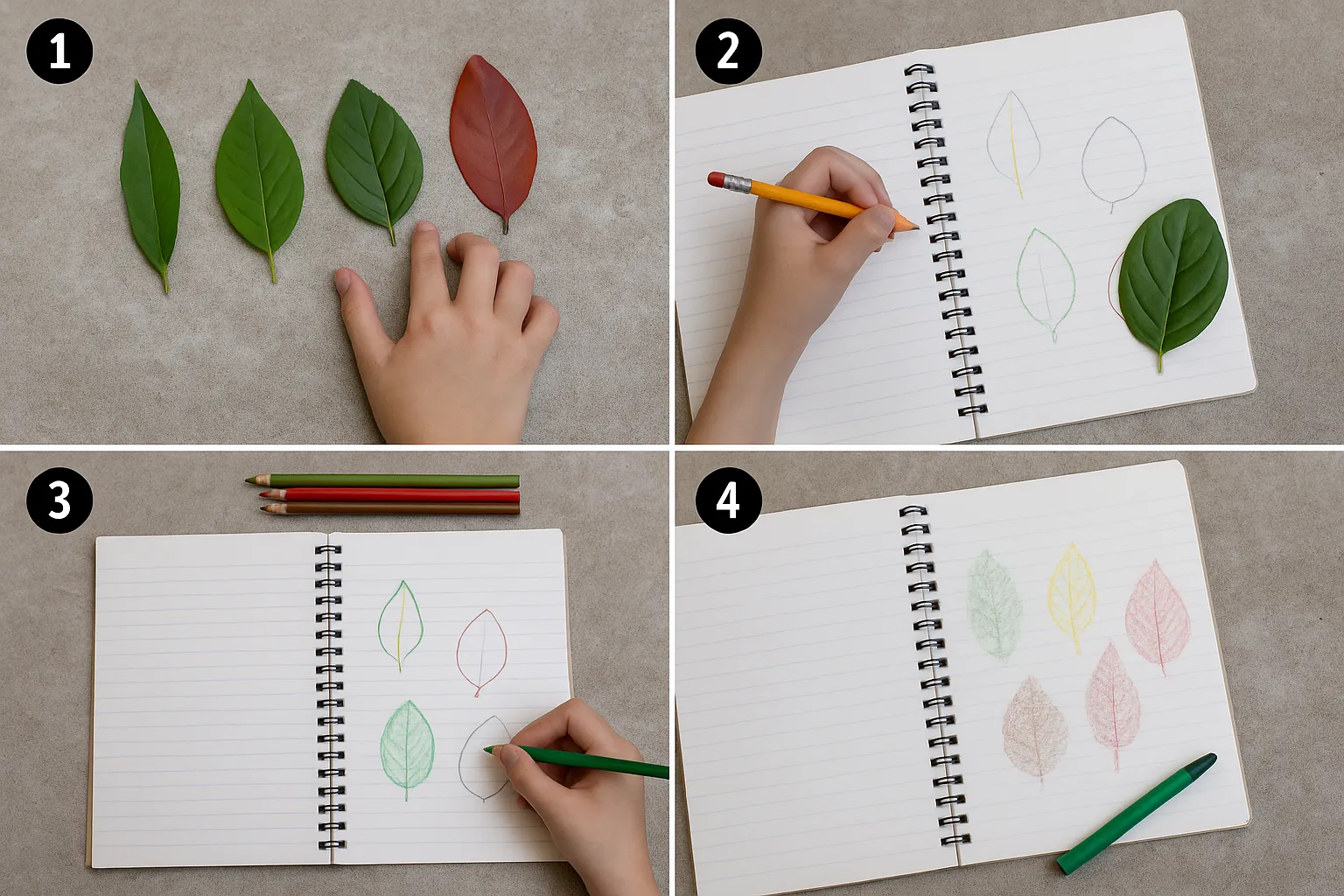
Instructions:
- Go on a nature walk and collect five unique leaves.
- Observe their shape, size, and edges (smooth, jagged, round).
- Sketch each one in your notebook and label them.
- Gently rub a crayon over the leaf under paper to make texture prints.
What You Learn:
- Leaves come in various shapes and surfaces, helping you understand biodiversity.
Activity 2: Use a Torch to Explore How Shadows Change Shape
Materials Needed:
- Torch/flashlight
- Small toys or cut-out shapes
- Dark room
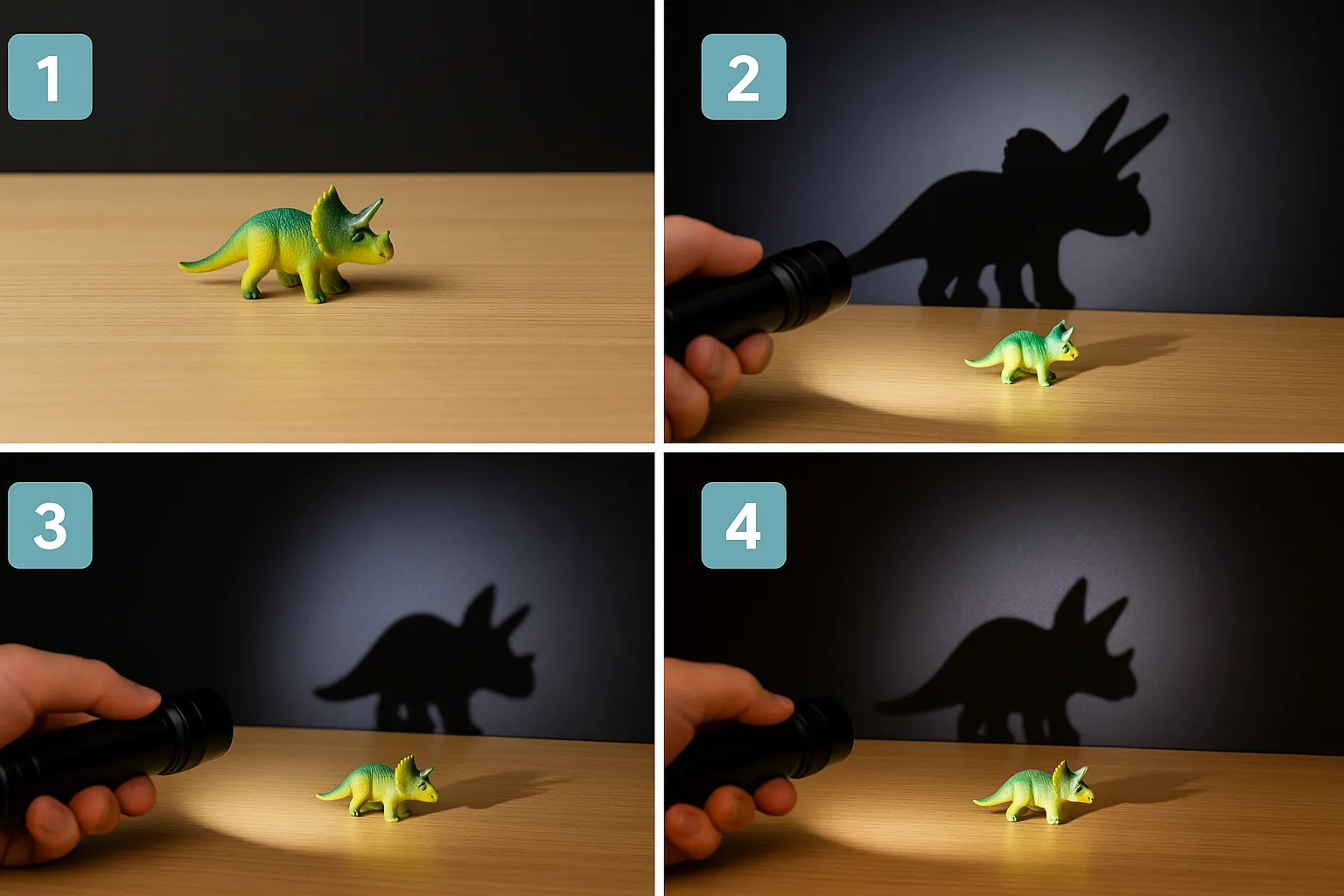
Instructions:
- Place a toy on a table in a dark room.
- Shine the torch from different angles.
- Move it closer and farther from the object.
- Watch how the shadow changes in size and direction.
What You Learn:
- Light travels in straight lines and shadows change with the light source position.
Activity 3: Track the Weather for a Week and Make a Weather Chart
Materials Needed:
- Paper and ruler
- Pencil and crayons
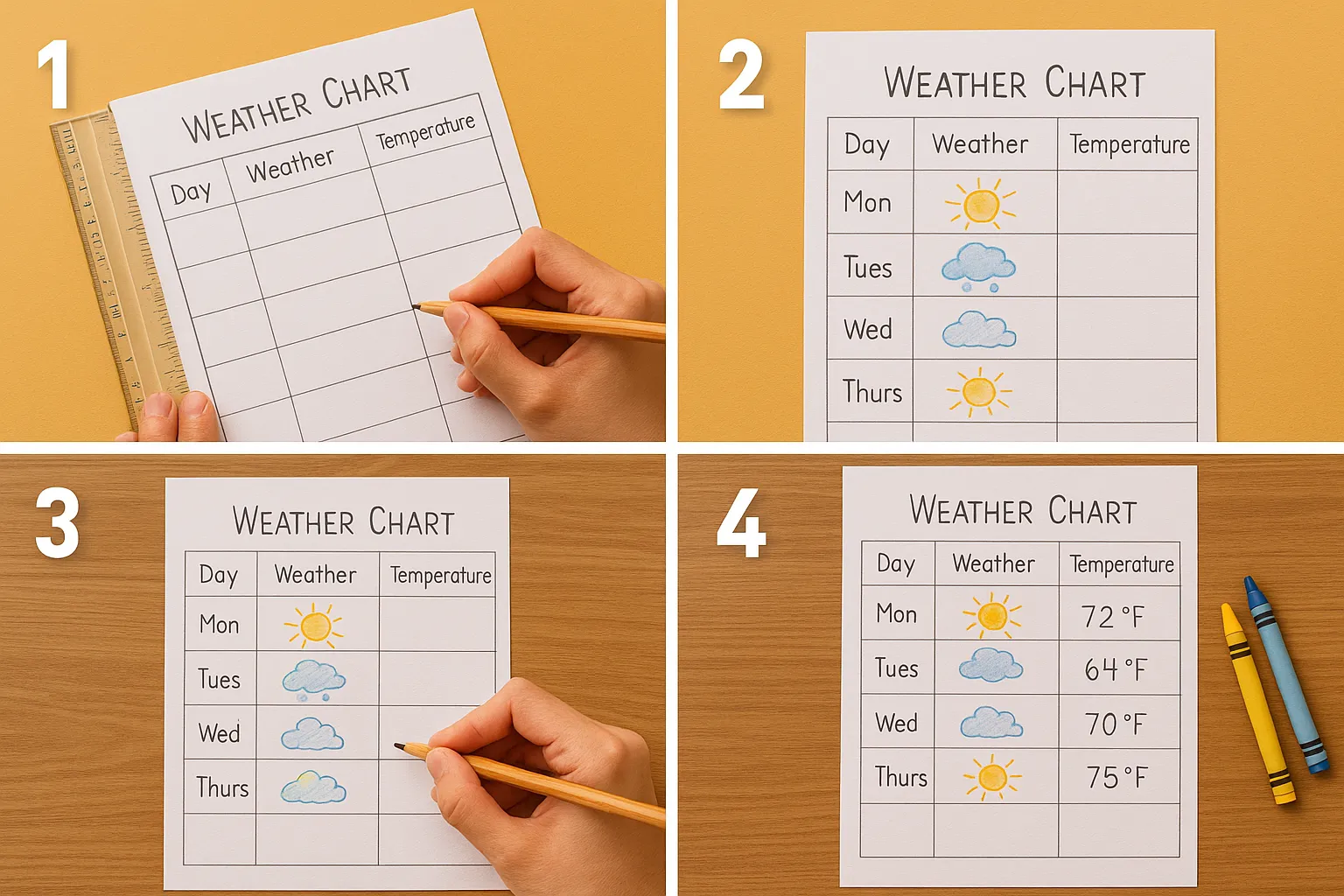
Instructions:
- Create a 7-day chart with columns for date, weather type, and temperature.
- Each day, observe the sky and temperature.
- Draw clouds, sun, or rain symbols in your chart.
What You Learn:
- You’ll begin to recognize weather patterns and how they change over time.
Activity 4: Make Your Own Magnet and Find Out What It Attracts
Materials Needed:
- A strong magnet
- Small metal and non-metal objects (nail, coin, rubber, spoon, key)
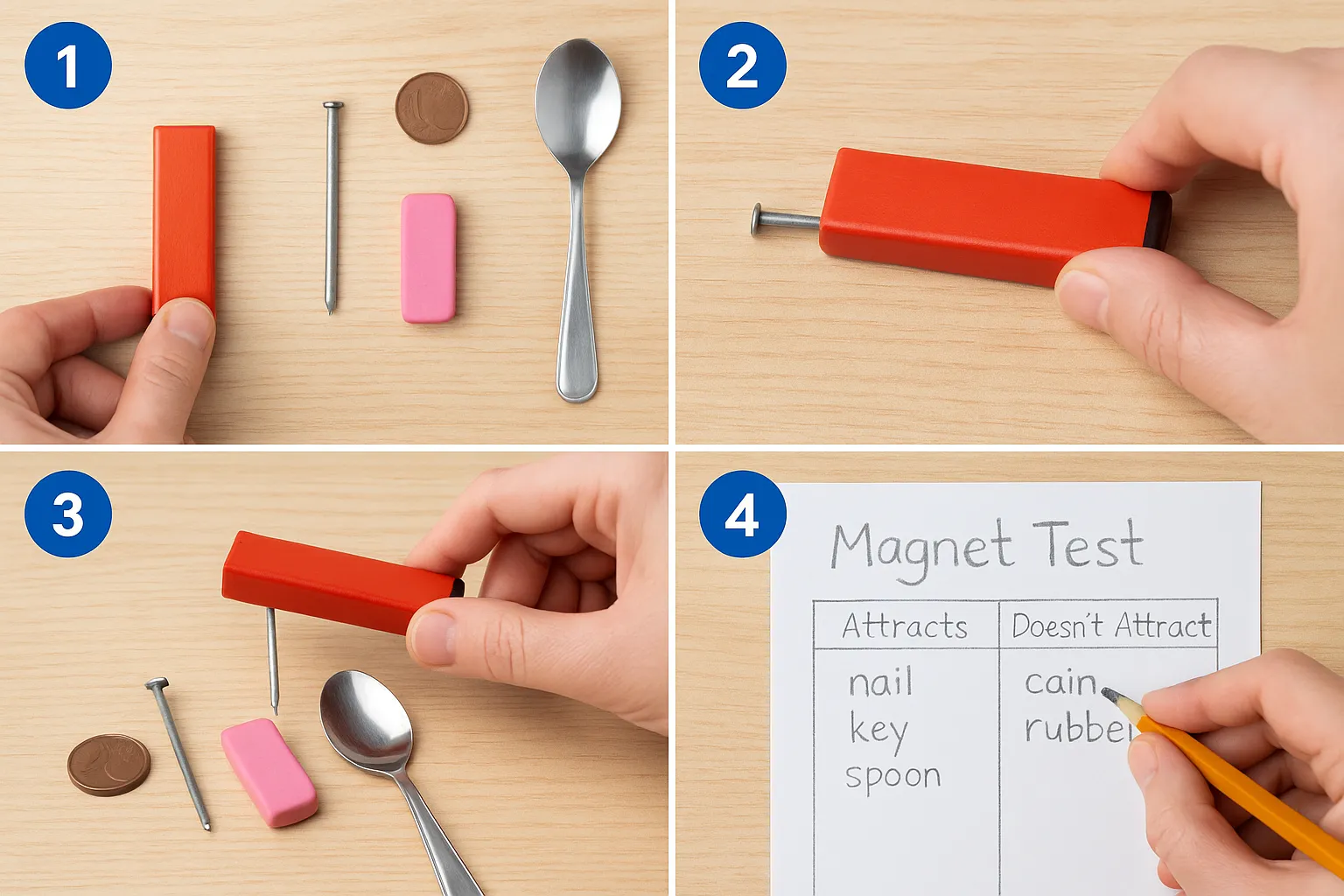
Instructions:
- Rub the magnet on a metal object to magnetize it.
- Move it close to other small items.
- Record what it attracts and what it doesn’t.
What You Learn:
- Magnets attract objects made of iron or steel, but not materials like plastic or wood.
Conclusion
Science is all around us—on leaves, in light, during rain, and even in your fridge magnets! These small experiments ignite curiosity and help children understand basic scientific principles in a joyful, engaging way. The best part? They can do it all by themselves, with just a bit of guidance and imagination.
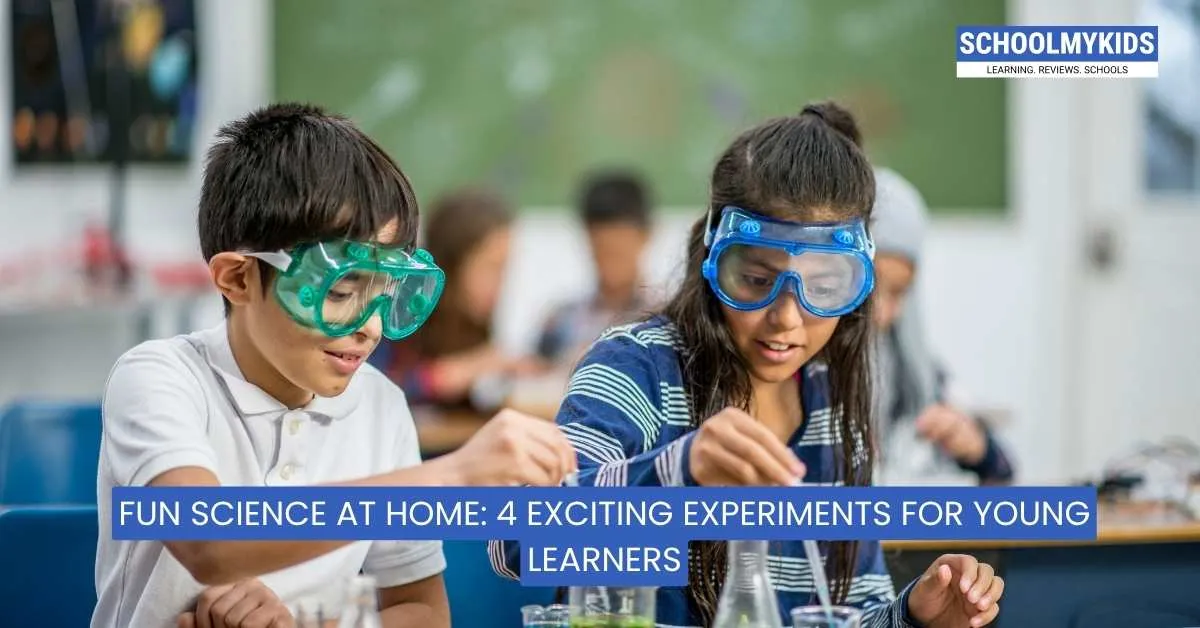
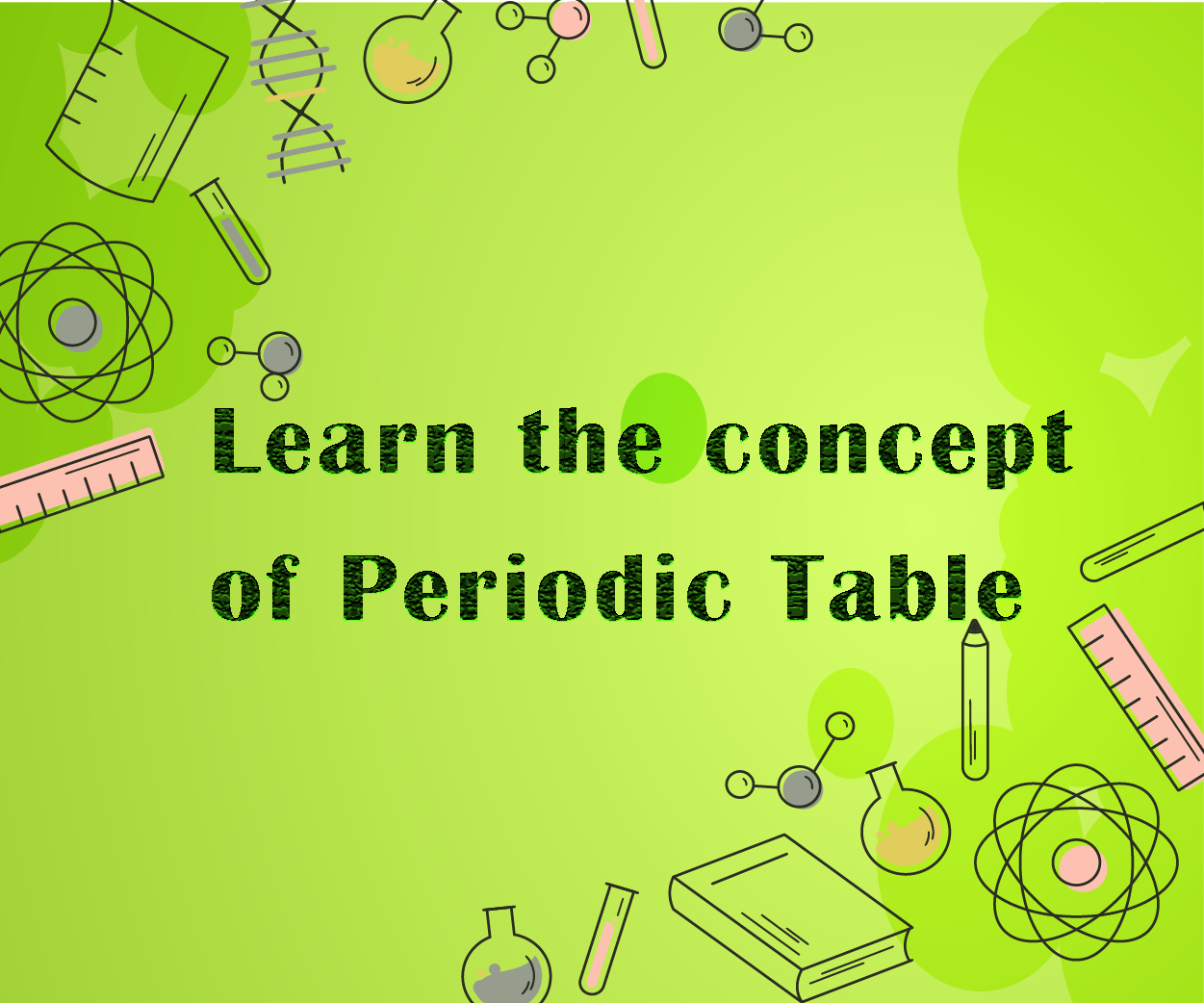




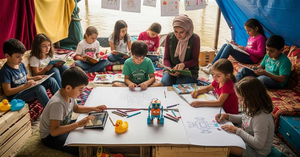


Be the first one to comment on this story.